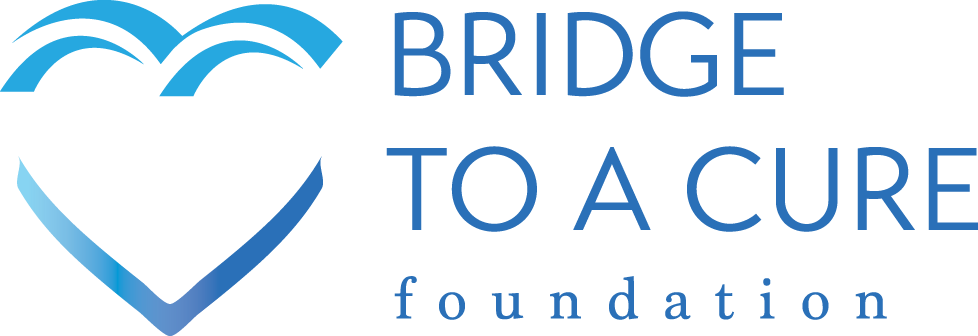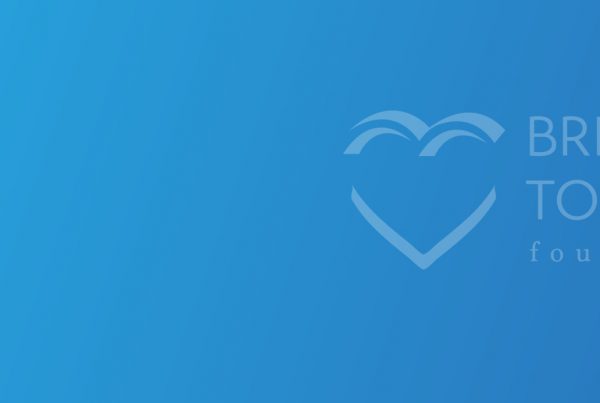You may have increasingly heard the term personalized medicine used and wondered what it meant. Does it mean there is a treatment made just for you?
Not quite.
Let’s look at it in terms of childhood brain cancers. Bridge To A Cure Foundation stands with partner Children’s Brain Tumor Network. Their mission hits the mark:
The right diagnosis.
The right treatment.
For each child.
Finally, we appear to be moving from a one-size-fits-all treatment to a tailored, personalized approach for treating childhood brain tumors. Up until now, our children have received brain cancer treatments developed for adults, which can cause irreparable damage to their young bodies and minds.
Thanks to increases in funding, large amounts of shared data, and advances in our understanding of how both our bodies and diseases work, treatments can now be developed that are more effective and less harmful for our children. For us, too.
The bottom line? Personalized medicine promises to help our children live better and longer because they’ll receive treatments designed for their needs and bodies.
Why have treatments specifically for childhood brain tumors been so slow to develop?
Several reasons:
- There are fewer mutations in kids’ genomes than those found in adults, making the cancer difficult to identify.
- Childhood brain tumors are difficult to target with treatments.
- Concerns about and risk of dosage and toxicity.
- Childhood brain tumors are rare, making data scarce.
- Brain tumors are complicated, with more than 100 different types.
- There haven’t been enough samples, clinical data, etc., to conduct a study.
Now, these obstacles are steadily being overcome – conquered.
We have a more extensive database of biospecimens being shared – thanks in large part to Project Accelerate. Bridge To A Cure Foundation’s collaboration with Children’s Brain Tumor Network will lead to accelerated discoveries.
This decentralization of data has been vital, but to win the battle against childhood brain tumors, we need to have all institutions worldwide share their data.
The more biospecimens we have, along with additional funding for molecular analysis and sequencing, the more intelligent we can be about what works (and what doesn’t), and the more precise, personalized, and humane we can be with each treatment.
As we shared in previous communications, Project Accelerate will help prioritize the most aggressive tumor types, supporting research for those cancers lacking existing data.
Clinical Trials
In the pediatric space, clinical trials will start to hit the forefront. Rather than repurposing adult treatments and dosages, we’ll be able to develop specific therapies of specialized drugs for childhood brain tumors driven by the genetic and genomic characteristics present in young patients.
This is a big step.
The Race Act
Short for Research to Accelerate Cures and Equity for Children Act, the RACE Act went into effect on August 18, 2020, and significantly increased the number of required studies devoted to pediatric cancer research, drugs, and therapies.
The expectation is that the RACE Act will level the playing field for children with cancer.
Hope
What can we take from all this?
That there is hope!
Advancements are happening. The Bridge To A Cure network of alliances is receiving the attention it has needed, and we’re on the precipice of seeing a tremendous impact. These efforts will define better treatment vulnerabilities and lead to a multi-model approach for treatment.
We’re in an age of significant acceleration, where the use of adult treatments for childhood brain tumors will end.
Together
Bridge To A Cure will continue to help unite and transform our community with the help of innovative partners like Children’s Brain Tumor Network, and ensure that the data out there is available to all those working to find the cures we so desperately want.
We are more empowered, more enabled than ever before. And that feels like progress.
Click here to learn more about how Project Accelerate is advancing discoveries that can lead to cures for childhood brain tumors.







